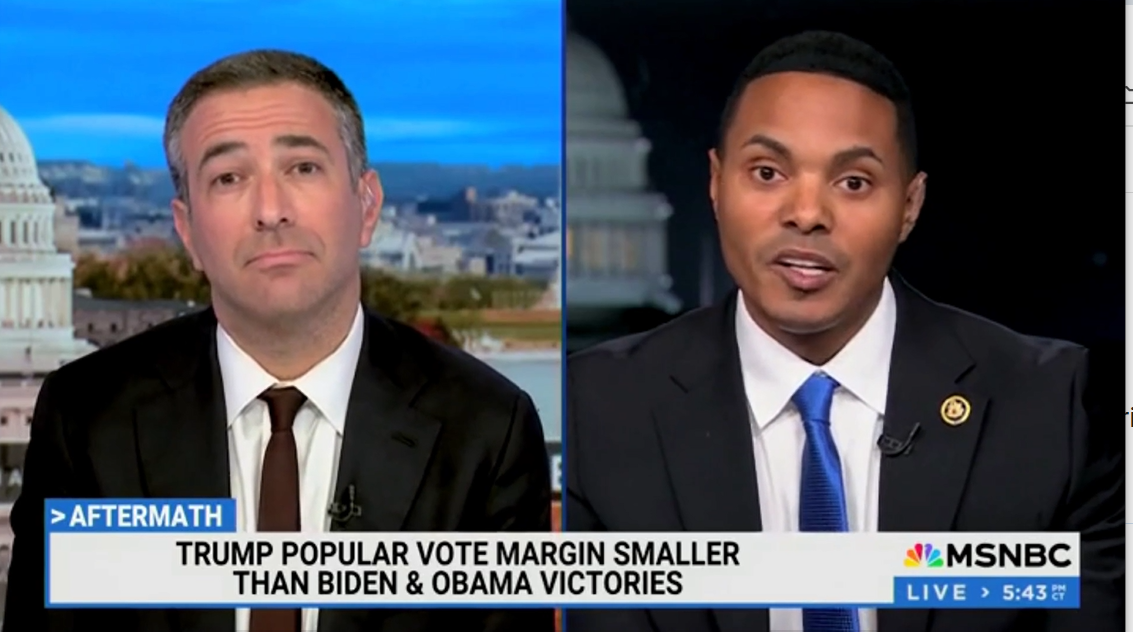Despite growing revenues, most major insurers saw their profits from offering health plans shrink in the third quarter as pressures in government programs stretched into the back half of the year.
In Medicare Advantage, seniors are still utilizing more healthcare than insurers expected when pricing their plans. And in Medicaid, states’ payment rates continue to land well below the cost of caring for beneficiaries in the safety-net programs, payers say.
Those forces coalesced to hit insurers, slamming some — notably, CVS-owned Aetna and Humana — while swatting others. Aetna was particularly affected, posting the steepest year-over-year drop in operating profit by a wide margin.
Offering health insurance was generally less profitable in the third quarter
Change in insurance segments' Q3 operating profit, 2023 to 2024
Only two insurers — Cigna and Molina — reported a year-over-year increase in operating profit from insurance arms: Cigna, because most of its members are in commercially insured plans, which shelters the payer from headwinds in government plans; and Molina due to risk corridors that absorbed the worst of unexpected cost trends, and rate updates from Medicaid states.
Yet overall, medical loss ratios — an important metric of spending on patient care — increased 3.3 percentage points year over year when averaged across the seven major publicly traded payers. That’s a major leap. Again, Aetna saw the most drastic change — and management warned investors the MLR could increase further, from 95.2% this quarter to 95.5% in the fourth.
The share of premiums spent on medical claims soared over the past year
Insurer MLRs, Q3 2023 (left) to Q4 2024
Medicaid’s peaking rate-acuity discrepancy
Insurers that contract with states to manage the care of their Medicaid beneficiaries blamed a dogged mismatch between payment rates and member acuity for earnings pressure in the quarter.
The disparity is a side effect of states rechecking beneficiaries’ eligibility for the safety-net program — a process known as unwinding or redeterminations — that’s removed more than 25 million Americans from the coverage. Individuals who remain are more likely to be sick, saddling payers with higher costs.
Payers have flagged the trend as a concern since unwinding began last spring. However, the disconnect between rates and acuity has widened as redeterminations wind down, overtaking MA as insurers’ biggest worry in the second quarter. And in the third, an interesting dichotomy emerged in payer comments around cost growth.
Elevance — the second-largest Medicaid managed care organization with contracts with more than two dozen states — said Medicaid cost trend was running three to five times larger than historical averages.
That implies trend increases of 9% to 20%, likely driving Elevance’s Medicaid margins down to near 0% in the quarter, according to Leerink analyst Whit Mayo. Elevance lowered its 2024 profit guidance on the results.
However, Molina, which contracts with 18 states in Medicaid, said its cost trend is running at about 6%, compared to its original expectations of 3% — still an increase, but notably smaller than what Elevance called out.
The conflicting commentary is confusing, but could be explained by disparities in the size and timing of states’ rate updates, along with the status of individual states’ unwinding, analysts said. Molina and Elevance could also have different internal metrics for evaluating trend.
Either way, insurers agreed that costs are elevated and are likely to remain so. Centene, the largest Medicaid payer in the U.S., said its MLR in the third quarter should be “the high watermark” of the year, while Humana said the current level of medical costs is a new normal for insurers.
Insurers also agreed that state rates remain inadequate, though they assured investors the disparity between acuity and rates should stabilize as states continue to adjust rates.
Medicare Advantage headwinds
In Medicare Advantage, insurer posturing for next year implies that eking profits out of the privatized Medicare plans is just going to get harder.
Elevated utilization is expected to stretch into next year, while the Biden administration tamps down on reimbursement and upcoding and institutes a higher threshold to reach valuable star ratings. Payers are banking that significant changes to benefit design and plan geographies should lead to better positioning, leaving them with fewer — but more profitable — MA seniors.
This is evident in plans from major payers on offer during annual enrollment for 2025, which overall have fewer supplemental benefits, and higher deductibles and out-of-pocket costs for seniors (though premiums stayed relatively stable).
On Jan. 1, 7% of current MA enrollees are expected to lose coverage because of plan exits, according to an analysis of CMS data by Medicare Market Insights. Payers are also trying to nudge members away from less lucrative plans by refusing to pay brokers commission for signing seniors up for the coverage.
However, payers have some cause for optimism with the recent election of former President Donald Trump back to the nation’s highest office.
Despite uncertainty about the incoming Republican’s healthcare priorities in his second term, Trump is widely expected to be kinder to the MA industry than the current administration. Managed care stocks reacted positively following the election results last week.
“We expect Medicare Advantage participants to fare well under a Trump administration which is perceived to be more friendly to the program in the wake of the adverse rate notices and onerous risk model revisions,” Morgan Stanley analysts wrote in a note earlier this month.
It’s worth noting that many of the largest U.S. insurers have evolved into massive healthcare conglomerates with other sources of revenue besides offering health coverage. For UnitedHealth and Cigna, which all operate large health services divisions, those units mitigated the worst profit losses from insurance segments, boosting enterprise-wide results. Both UnitedHealth and Cigna posted a year-over-year increase in consolidated operating profit.
CVS also runs major health services and retail pharmacy businesses, but their performance wasn’t enough to make up for insurance headwinds. CVS’ consolidated operating profit fell 77% year over year.

 2 days ago
1
2 days ago
1















.png)

.png)
.png)
.png)













 English (US) ·
English (US) ·  Hindi (IN) ·
Hindi (IN) ·